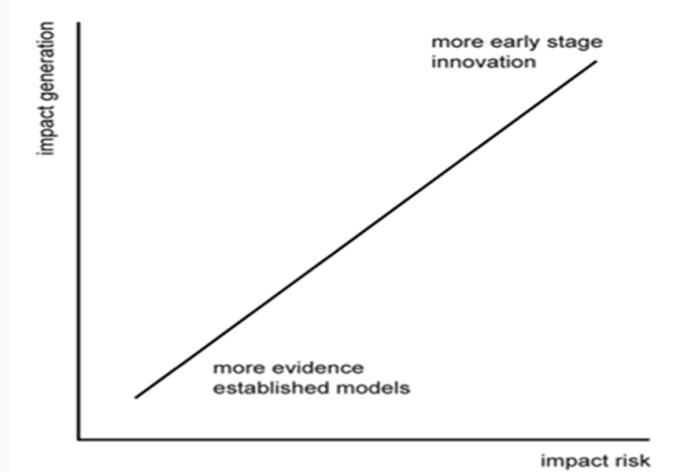I’ve wanted to write about performance management systems for a long time. I knew there were people drawing insights from data to improve social programs and I wanted to know more about them. I wanted to know all about their work and highlight the importance of these quiet, back-office champions. But they weren’t easy to find, or find time with.

I worked at Social Finance in London for three months in late 2013, a fair chunk of that time spent skulking around behind Dan Miodovnik’s desk. I’d peer over his shoulders at his computer screen as he worked flat out, trying to catch a glimpse of these magic performance management ‘systems’ he’d developed. At the end of my time at Social Finance, I understood how valuable the performance management role was to their social impact bonds (SIBs), but I still had no idea of what it actually entailed.

Then early 2014 Antonio Miguel and I took a 2-hour bullet train ride through Japan while on a SIB speaking tour. On this train journey I asked Antonio to open his computer and show me the performance management systems he’d worked on with Social Finance. Two hours later, I understood the essential components of a performance management system, but I didn’t fully grasp the detail of how these components worked together.
So I proposed to Dan that we join Antonio on the beaches of Cascais in Portugal in August 2014. My cunning research plan was to catch them at their most relaxed and pick their brains over beach time and beers. Around this time I saw a blog written by Jenny North, from Impetus-PEF that mentioned performance management. A call with her confirmed that they were as enthused about performance management as I was. So I drafted a clean, six-step ‘how to’ guide for constructing a performance management system. I hoped that a quick edit from Dan and Antonio, a couple of quotes and I’d be done.
Interviewing Dan and Antonio blew me away. Only when I heard them talk freely about their work did I realise the magic wasn’t in their computer systems, it was in their attitudes. It was their attitude to forming relationships with everyone who needed to use their data. It was their attitude to their role – as the couriers, rather than the policemen, of data.
They told me that there were plenty of ‘how to’ guides for setting up systems like theirs, but that the difficult thing was getting people to read and implement them.

They suggested I throw out my draft and interview more people. People who were delivering services and their investors. I didn’t just need to understand the system itself, I needed to understand what it meant for the people who delivered and funded services. I gathered many of these people at San Francisco’s Social Capital Markets (SOCAP) conference and several more from recommendations. One of these recommendations was Isaac Castillo, who works with the DC Promise Neighbourhood Initiative’s collective impact project. He is now managing not only his team of performance analysts, but the service delivery team too. It’s revolutionary, but it makes complete sense.
Interviewing these people has been a most humbling experience. It has revealed to me the extent of their dedication, innovation and intelligence. It has also revealed to me how little I knew, and in turn, how little we, as a sector, know about these people and their work. I am honoured to share their stories with you – please read them at deliveringthepromise.org.
This research is published by The Social Investment Lab (Portugal), Impetus-PEF (UK) and Think Impact (Australia).
















